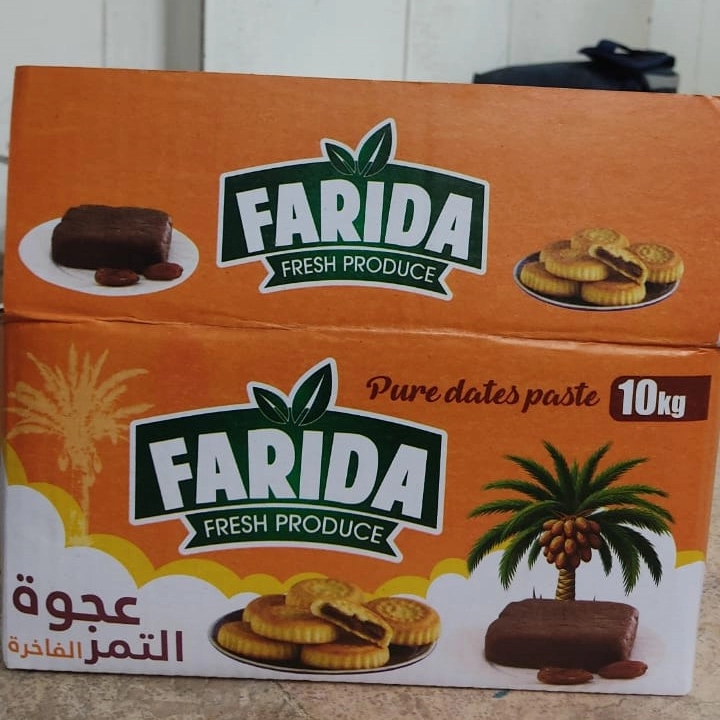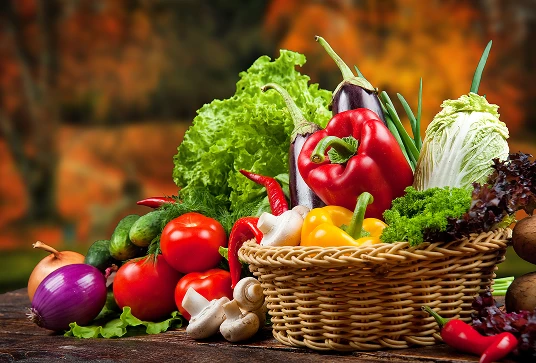The frozen food market in the USA is rapidly evolving in 2025, driven by changing consumer lifestyles, technological innovation, and a growing focus on health and sustainability. As busy consumers seek convenient, nutritious, and high-quality options, frozen food suppliers USA play a pivotal role in shaping the products that fill supermarket freezers and online grocery carts. From advanced freezing techniques to sustainable packaging, frozen food suppliers are not only meeting demand—they’re transforming the industry.
Current Landscape of Frozen Food Suppliers in the USA
Market Size and Growth Projections
The US frozen food market is projected to reach over $130 billion by the end of 2025, growing consistently at a rate of approximately 5% annually. This growth is fueled by an increasing demand for convenience food options amid hectic schedules and the surge of e-commerce grocery platforms expanding product accessibility across the country. Frozen food is no longer a niche category; it is central to the modern American diet.
Types of Frozen Food Products Supplied
Frozen food suppliers in the USA offer an extensive range of products. These include ready-to-eat meals, frozen fruits and vegetables, seafood, meats, plant-based alternatives, bakery items, and snacks. Suppliers are innovating by introducing gluten-free, organic, and even ethnic cuisine options to cater to diverse consumer preferences.
Leading Frozen Food Suppliers in the USA
Industry leaders such as Nestlé USA, Tyson Foods, Conagra Brands, and General Mills dominate the market. However, new entrants focusing on clean-label, plant-based, and eco-conscious products are quickly gaining traction, elevating competition and pushing innovation forward.
Key Trends Driving the Frozen Food Market in 2025
Consumer Demand for Convenience and Health
Today’s consumers desire food that matches their fast-paced lives without compromising nutrition. Frozen meals, in particular, are valued for their ability to save time while offering balanced, wholesome options. The surge in health-conscious consumers has encouraged suppliers to expand offerings with organic, vegan, low-calorie, and high-protein meals that meet dietary needs.
Technological Advances in Freezing and Packaging
Improvements in freezing techniques, such as Individual Quick Freezing (IQF) and blast freezing, have significantly enhanced product taste, texture, and nutritional value. At the same time, suppliers are investing in sustainable packaging innovations—utilizing recyclable and biodegradable materials—to meet consumer demands for environmental responsibility.
Expansion of Online and Retail Distribution Channels
Traditional grocery stores and supermarkets remain significant distribution channels, accounting for roughly half of frozen food sales. Nevertheless, e-commerce platforms and direct-to-consumer delivery models are rapidly gaining popularity, particularly among younger generations and busy professionals who prioritize convenience.
How Frozen Food Suppliers Impact the Food Industry
Meeting Regional and Cultural Preferences
Frozen food suppliers in the USA tailor their product lines to match the diverse cultural makeup of the country. By offering ethnic dishes and regional favorites in frozen form, they cater to a dynamic consumer base that seeks both familiarity and variety.
Supporting Sustainability and Reducing Food Waste
Frozen foods have a longer shelf life and help reduce food spoilage and waste compared to fresh products. Many suppliers are also adopting energy-efficient freezing processes and reducing their carbon footprint to support broader sustainability goals.
Collaborations with Retailers and Food Service Providers
Suppliers collaborate closely with retailers and food service companies to improve supply chain efficiency and ensure uninterrupted product availability. These partnerships enable suppliers to expand market reach and respond swiftly to changing consumer demands.
Challenges Facing Frozen Food Suppliers in the USA
Navigating Supply Chain Disruptions
Cold chain logistics—critical for maintaining product quality during transportation and storage—pose ongoing challenges. Suppliers must invest in infrastructure improvements to handle fluctuating demand and potential disruptions.
Balancing Cost and Quality
Rising costs for raw materials and sustainable packaging require frozen food suppliers to optimize operations without sacrificing product quality. This balancing act is essential to remain competitive and retain consumer trust.
Regulatory Compliance and Food Safety
Adherence to FDA and USDA regulations is a priority to ensure that frozen foods meet strict safety and quality standards. Suppliers invest heavily in quality control and testing to maintain consumer confidence.
The Future Outlook for Frozen Food Suppliers USA
Looking ahead, frozen food suppliers will continue to innovate with healthier product lines, expanded plant-based options, and enhanced packaging solutions. The integration of automation and AI in production and supply chain management is anticipated to improve efficiency and product consistency. Sustainability will remain a driving force, with suppliers adopting greener practices to appeal to environmentally conscious consumers.
Conclusion
Frozen food suppliers in the USA are at the forefront of a market transformation in 2025. By delivering a broad variety of convenient, nutritious, and sustainable frozen products, they not only meet evolving consumer needs but also push the boundaries of innovation in food technology and distribution. Whether through advanced freezing methods or eco-friendly packaging, suppliers continue to ensure that frozen food remains a staple of American kitchens.
At El Farida, quality and freshness are at the heart of every product we source and deliver. While our focus is on fresh fruits and vegetables, we understand the value frozen foods bring to modern lifestyles. Stay informed about market trends and choose suppliers who prioritize quality, innovation, and sustainability.






